Smart watches have rapidly evolved from mere timekeeping devices to indispensable lifestyle companions. These compact gadgets offer a blend of functionality, connectivity, and style, making them a must-have accessory for tech enthusiasts and casual users alike. In this comprehensive guide, we’ll explore the ins and outs of smart watches, including how they work, their benefits and drawbacks, and tips on selecting and using one effectively.
Table of Contents:
– What is a smart watch
– How does a smart watch work
– Benefits and drawbacks of smart watches
– How to choose a smart watch
– How to use a smart watch
What is a smart watch
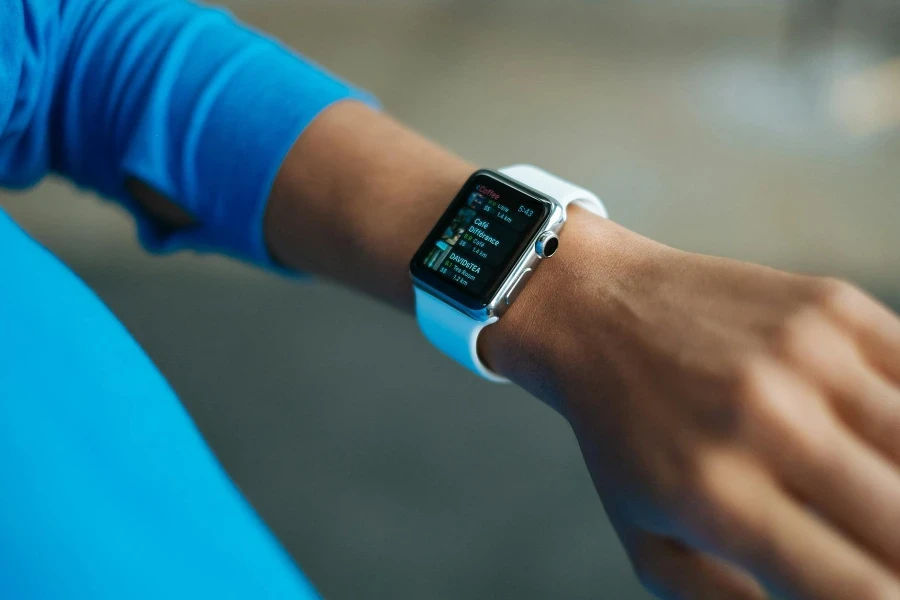
A smart watch is a wearable device that goes beyond merely telling time; it’s a mini-computer on your wrist. These devices are designed to sync with your smartphone, providing notifications, tracking your physical activity, monitoring your health, and even allowing you to make phone calls and send texts without needing to pull out your phone. With a variety of designs, from sleek and stylish to rugged and sporty, smart watches cater to a wide range of tastes and needs.
Smart watches are equipped with an operating system, much like smartphones, which allows for the installation of apps to customize the device’s functionality. Whether it’s for tracking your run, setting reminders, or controlling smart home devices, these gadgets are versatile tools that enhance daily life. Moreover, they often include sensors such as heart rate monitors, GPS, and accelerometers, which are used for health and fitness tracking, navigation, and motion detection.
The evolution of smart watches has seen them become more independent from smartphones. Initially, they heavily relied on a phone’s connection for data and notifications. However, the latest models can connect directly to Wi-Fi or cellular networks, make contactless payments, and even stream music and podcasts, significantly enhancing their utility and appeal.
How does a smart watch work
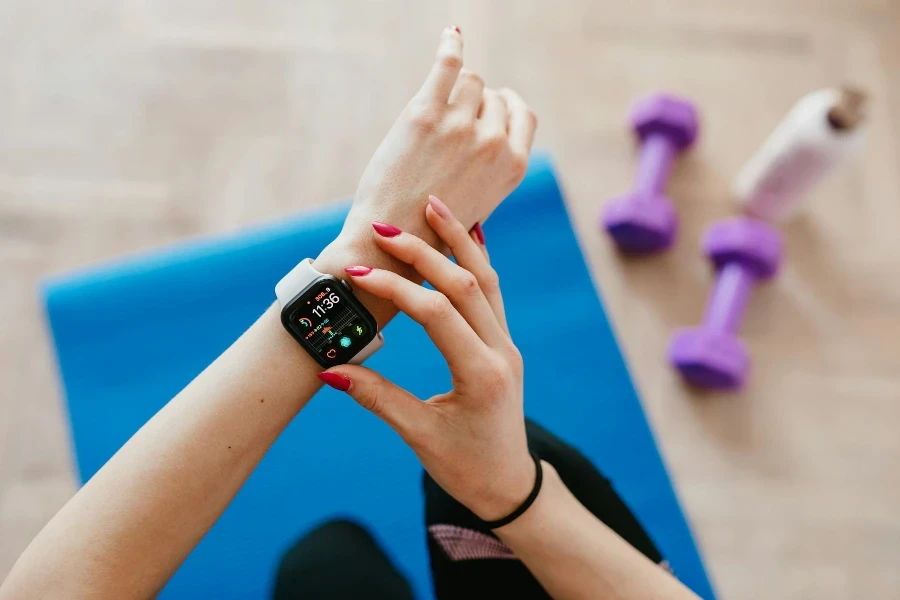
At its core, a smart watch works by pairing with your smartphone via Bluetooth, serving as an extension of your phone on your wrist. This connectivity allows the watch to display notifications for calls, texts, emails, and apps. It acts as an intermediary, enabling you to interact with your phone’s functions without having to physically access the device.
Smart watches are powered by advanced microprocessors and run on operating systems specifically designed for wearable technology. These systems support a wide range of apps that provide diverse functionalities, from fitness tracking and health monitoring to navigation and entertainment. The user interacts with the device through a touch screen, voice commands, or physical buttons, depending on the model.
The functionality of a smart watch is significantly enhanced by its sensors. For example, a heart rate sensor monitors your pulse, an accelerometer tracks movement and steps, and a GPS sensor provides location tracking. These sensors enable the device to collect data about your physical activities and health, offering insights and recommendations to improve your wellbeing.
Benefits and drawbacks of smart watches
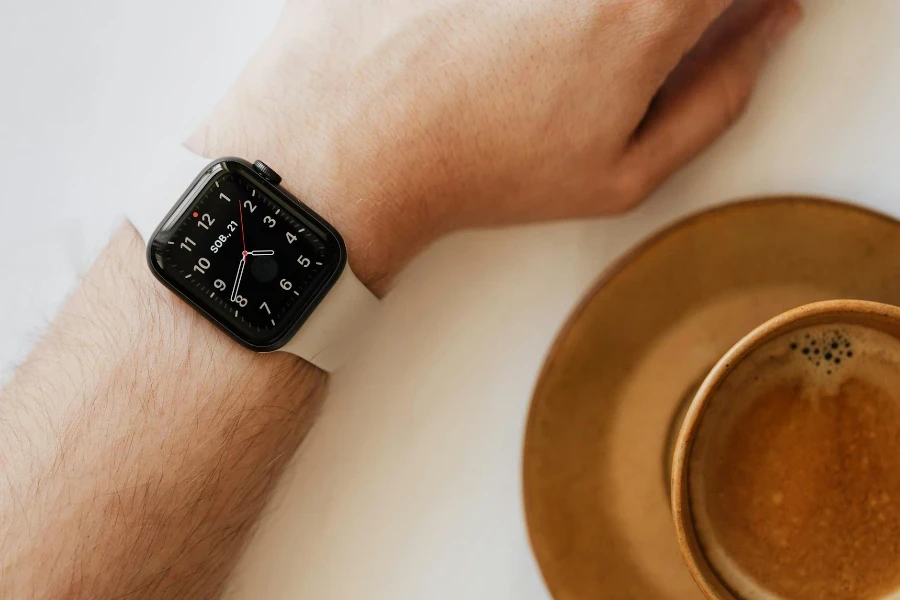
Smart watches offer a plethora of benefits, making them an attractive accessory for many. One of the primary advantages is convenience. Having notifications, health tracking, and even payment options readily available on your wrist reduces the need to constantly check your smartphone, keeping you connected and informed with minimal disruption. Additionally, the health and fitness tracking features encourage a more active and health-conscious lifestyle, with detailed data and progress tracking.
However, smart watches are not without their drawbacks. One of the main concerns is battery life. Due to their compact size and the multitude of functions they perform, smart watches need to be charged more frequently than traditional watches, which can be inconvenient for some users. Furthermore, the reliance on a smartphone for full functionality can be a limitation, especially in areas with poor connectivity or for activities where carrying a phone is impractical.
Another consideration is privacy and security. With the amount of personal data collected by smart watches, there are valid concerns about how this information is used and protected. Users should be aware of the data privacy policies of the devices and apps they use and take steps to secure their personal information.
How to choose a smart watch
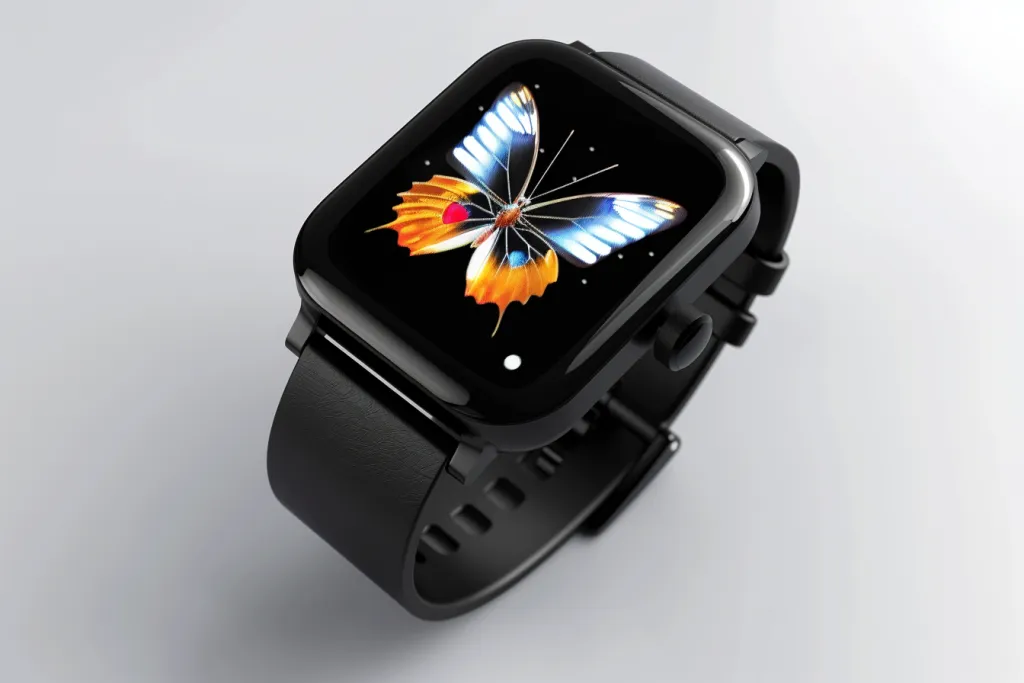
Choosing the right smart watch involves considering several factors to ensure it meets your needs and preferences. First, compatibility with your smartphone is crucial. Most smart watches are designed to work seamlessly with specific operating systems, so make sure the watch you’re interested in is compatible with your phone.
Another important factor is the features and functionality you need. If you’re an avid fitness enthusiast, look for a watch with advanced health and fitness tracking capabilities. If you’re more interested in connectivity and notifications, focus on models that offer robust communication features.
Finally, consider the design and battery life. Smart watches come in various styles, so choose one that matches your personal aesthetic and is comfortable to wear. Battery life varies significantly between models, so think about how often you’re willing to charge your device.
How to use a smart watch
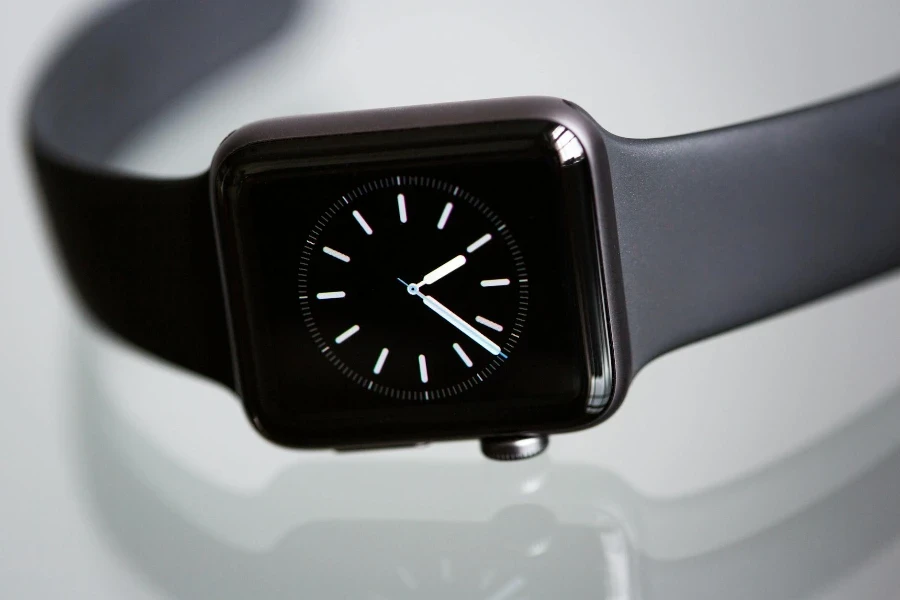
Using a smart watch effectively requires a bit of setup and personalization. Start by pairing it with your smartphone through Bluetooth and installing any necessary apps on your phone. Take the time to explore the settings on your smart watch, customizing notifications, watch faces, and other preferences to suit your lifestyle.
To make the most of your smart watch, regularly review and adjust the apps and widgets you use. Keep your device’s software up to date to ensure you have access to the latest features and security enhancements. And don’t forget to charge your device regularly to keep it ready for use.
Conclusion:
Smart watches have transformed from niche gadgets to essential tools for daily life, offering a unique combination of convenience, connectivity, and health tracking. By understanding how they work, their benefits and drawbacks, and how to choose and use one, you can select a smart watch that enhances your lifestyle and keeps you connected in the digital age. Whether for fitness tracking, staying on top of notifications, or even making payments, a smart watch can be a valuable addition to your tech arsenal.




